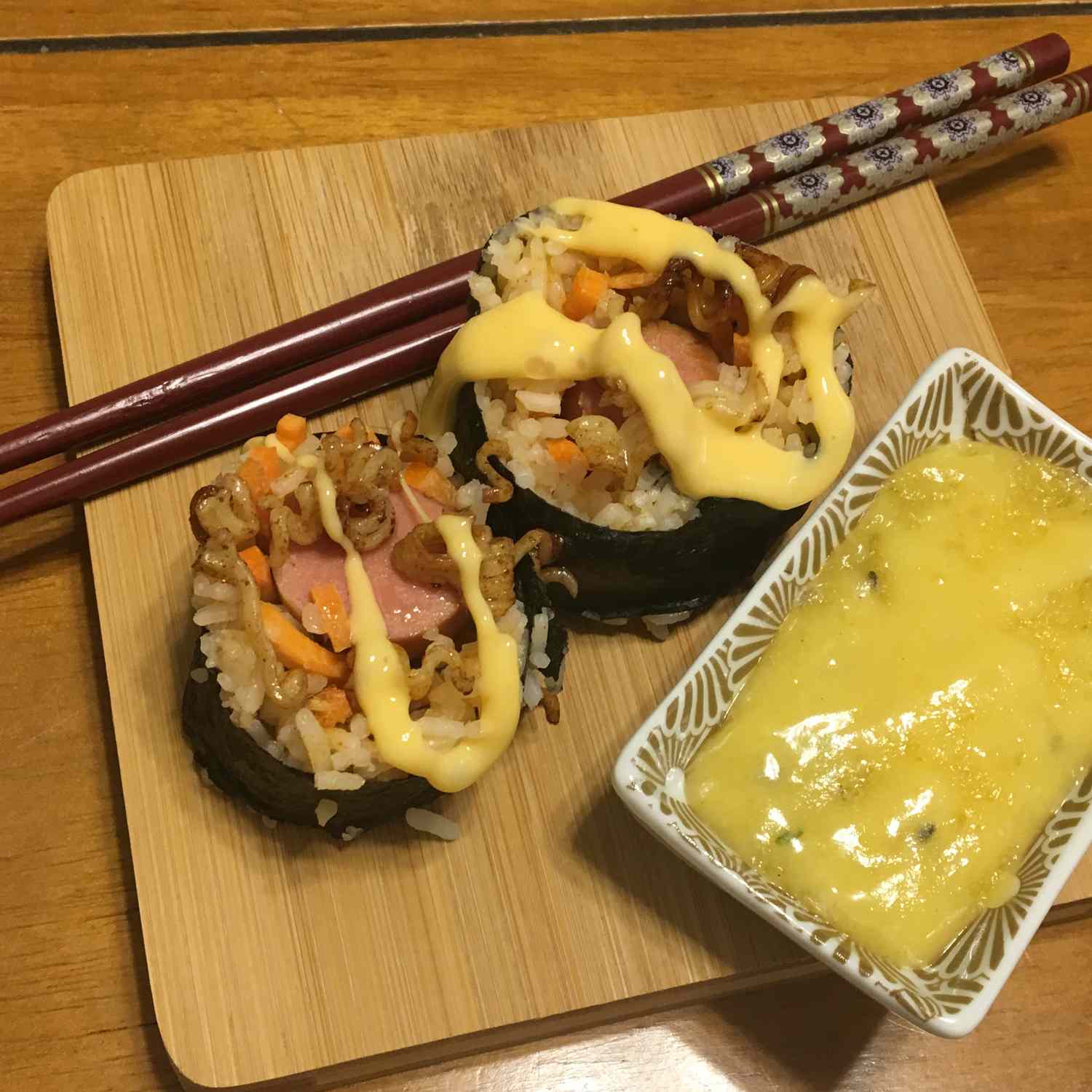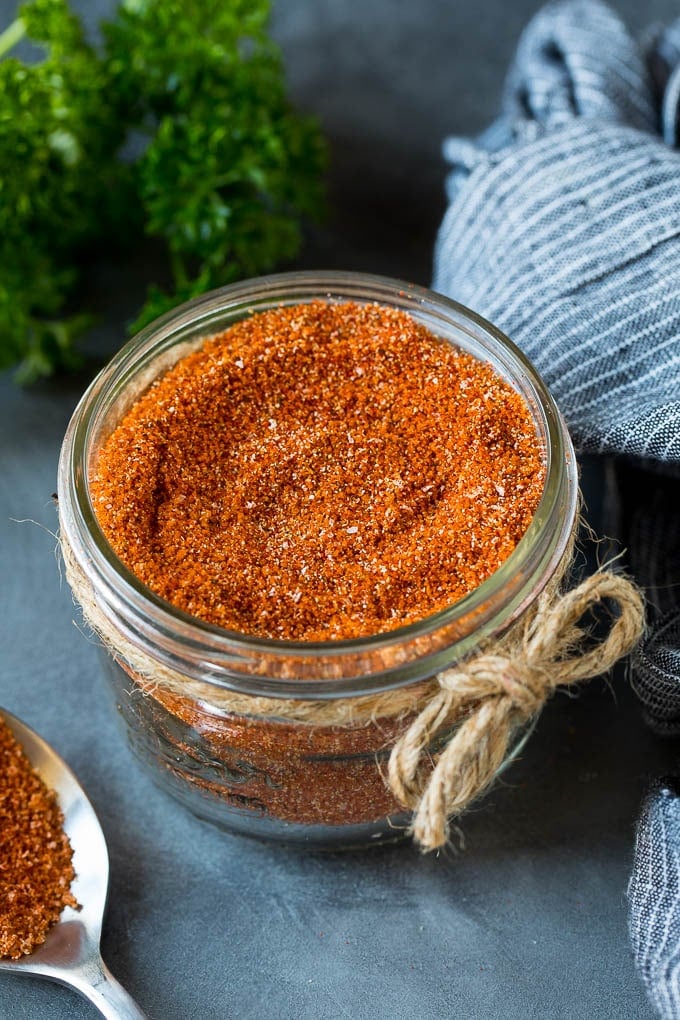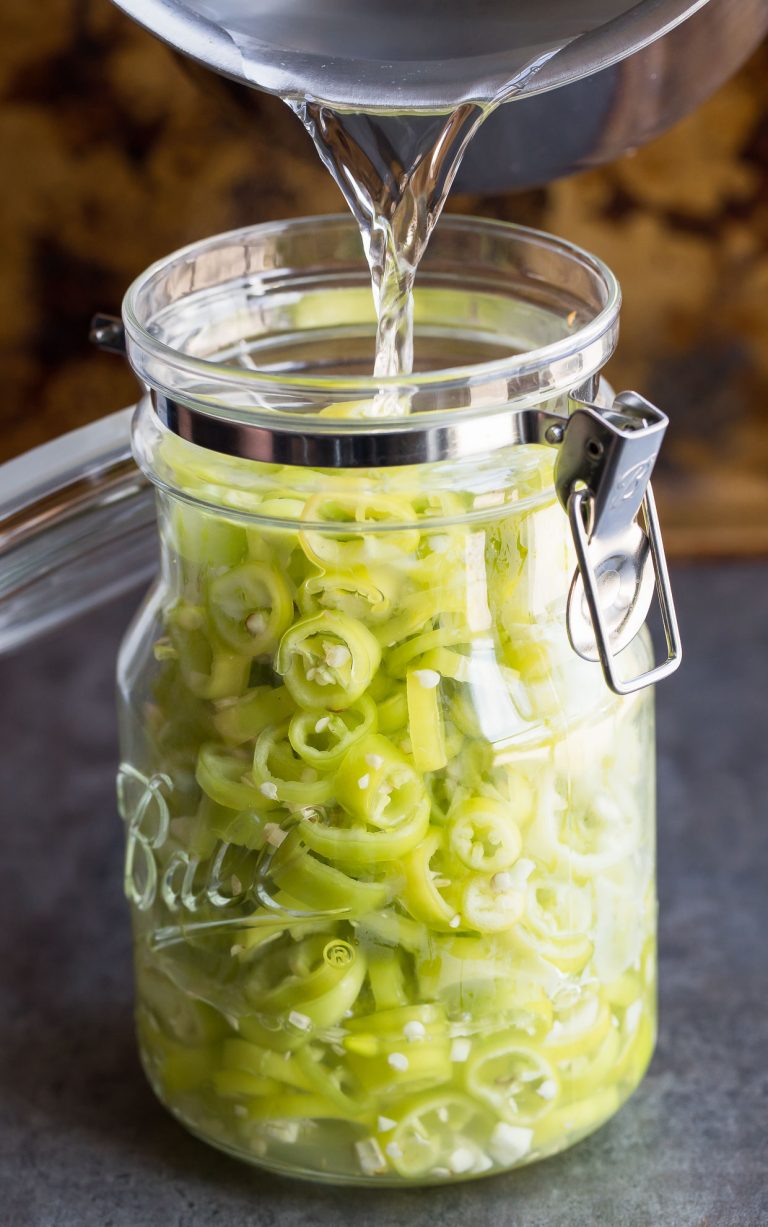Japanese Egg Yolk Sauce Recipe
Japanese egg yolk sauce, often called “tamago no kimo,” has a rich history. Its origins can be traced back to traditional Japanese culinary practices where chefs sought to create flavorful additions to enhance their dishes. The creation of this sauce began during the Edo period (1603-1868) when recipe experimentation flourished, and chefs mixed egg yolk with minimal ingredients like soy sauce and sake to develop complex flavors. The combination of locally sourced ingredients played a crucial role in developing the unique taste that remains popular today.
Culinary Influences
The progression of Japanese egg yolk sauce reflects both local and foreign culinary influences. Japanese chefs took inspiration from Chinese and Western cuisines, incorporating techniques and flavors that augmented their traditional practices. For example, the blending of soy sauce with egg yolk shows a clear Chinese influence, while the use of creamier textures draws from Western culinary advances. Over the years, this integration resulted in a versatile sauce used in various dishes like sushi and ramen, enhancing both their flavor profiles and overall sensory appeal. Modern chefs continue to adapt these influences, ensuring that Japanese egg yolk sauce evolves while retaining its traditional roots.
Key Ingredients and Preparation Techniques
What Makes the Sauce Unique
Japanese egg yolk sauce, or “tamago no kimo,” stands out for its rich, umami-packed flavor. The sauce combines simple yet specific ingredients, creating a harmonious blend that’s both traditional and modern. Soy sauce adds a salty depth, sake introduces a subtle sweetness, and mirin offers a touch of umami. These three main components, enhanced by the creamy texture of the egg yolk, result in a versatile sauce perfect for sushi, ramen, and more.
- Gather Ingredients: Collect soy sauce (2 tbsp), sake (1 tbsp), mirin (1 tbsp), and egg yolks (2 large).
- Mix Wet Ingredients: Combine soy sauce, sake, and mirin in a small bowl. Stir well to integrate.
- Separate Egg Yolks: Carefully separate the yolks from the whites. Place the yolks in another bowl.
- Combine Mixtures: Gradually add the soy-sake-mirin mixture to the egg yolks, whisking continuously. Ensure a smooth, lump-free consistency.
- Heat Over Low Flame: Transfer the mixture to a saucepan. Cook over low heat, stirring constantly, until it thickens slightly. Avoid overheating to prevent curdling.
- Cool and Store: Once thickened, remove from heat and let cool. Store in an airtight container in the refrigerator for up to three days.
These steps help maintain the sauce’s integrity and enhance its complex flavors, resulting in a rich, flavorful addition to your culinary repertoire.
Popular Dishes That Pair Well With Japanese Egg Yolk Sauce
Traditional Japanese Recipes
Japanese egg yolk sauce enhances the flavor of many traditional dishes.
- Sashimi: Pair the sauce with sashimi (thinly sliced raw fish). The rich, umami-packed sauce complements the freshness of the fish.
- Sukiyaki: Use the sauce in sukiyaki (Japanese hot pot). It enriches the broth and highlights the flavor of the beef and vegetables.
- Donburi: Incorporate the sauce in donburi (rice bowl dishes). It adds depth to toppings like fish, chicken, or beef.
Modern Culinary Creations
Chefs incorporate Japanese egg yolk sauce into contemporary dishes.
- Egg Benedict: Drizzle the sauce over Eggs Benedict. It provides a Japanese twist with enhanced umami flavors.
- Grilled Vegetables: Use the sauce as a marinade or dipping sauce for grilled vegetables. The sauce’s rich profile complements the smoky flavor.
- Gourmet Burgers: Add the sauce to gourmet burgers. It elevates the taste of beef patties with its complex, savory notes.
These pairings showcase the versatility and richness of Japanese egg yolk sauce in both traditional and modern cuisine.
Health Benefits and Nutritional Content
Key Nutrients in Japanese Egg Yolk Sauce
Japanese egg yolk sauce boasts numerous nutrients derived from its ingredients. Egg yolks offer protein, vitamins D and B12, and minerals like selenium and choline. Soy sauce in the mixture contains amino acids, manganese, and small amounts of magnesium. Sake and mirin add trace minerals and carbohydrates that provide energy. Together, these ingredients offer a nutrient-dense condiment that enhances the nutritional profile of any dish it accompanies.
Considerations for Dietary Needs
Japanese egg yolk sauce, while nutritious, requires attention to certain dietary needs. Due to its eggs, the sauce contains cholesterol and may not be suitable for those with high cholesterol levels. The soy sauce content may elevate sodium intake, something to monitor if you have hypertension or are sensitive to salt. For those with specific dietary restrictions, using low-sodium soy sauce or alternative ingredients can help make the sauce more compatible with various health needs.
How to Store and Preserve Japanese Egg Yolk Sauce
Best Practices for Freshness
Store Japanese egg yolk sauce in an airtight container to maintain freshness. Refrigerate the sauce immediately after preparation. Ensure the container seals completely to prevent air from entering, which can cause spoilage. Use the sauce within three to five days for optimal flavor and quality.
Tips on Long-Term Storage
For long-term storage, consider freezing Japanese egg yolk sauce. Transfer the sauce to a freezer-safe container, leaving some space at the top for expansion. Label the container with the date to track freshness. Stored in the freezer, the sauce can last up to three months. Before use, thaw the sauce in the refrigerator overnight for best results.
Conclusion
Japanese egg yolk sauce, or tamago no kimo, is a culinary gem that brings a unique flavor and richness to a variety of dishes. Whether you’re enhancing traditional Japanese recipes or experimenting with modern cuisine, this sauce offers endless possibilities. Remember to store it properly to maintain its quality and enjoy its nutritional benefits. So go ahead and explore the versatility of Japanese egg yolk sauce in your kitchen.






